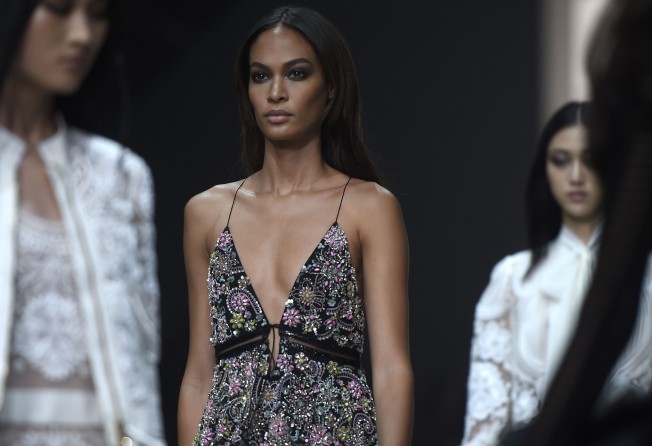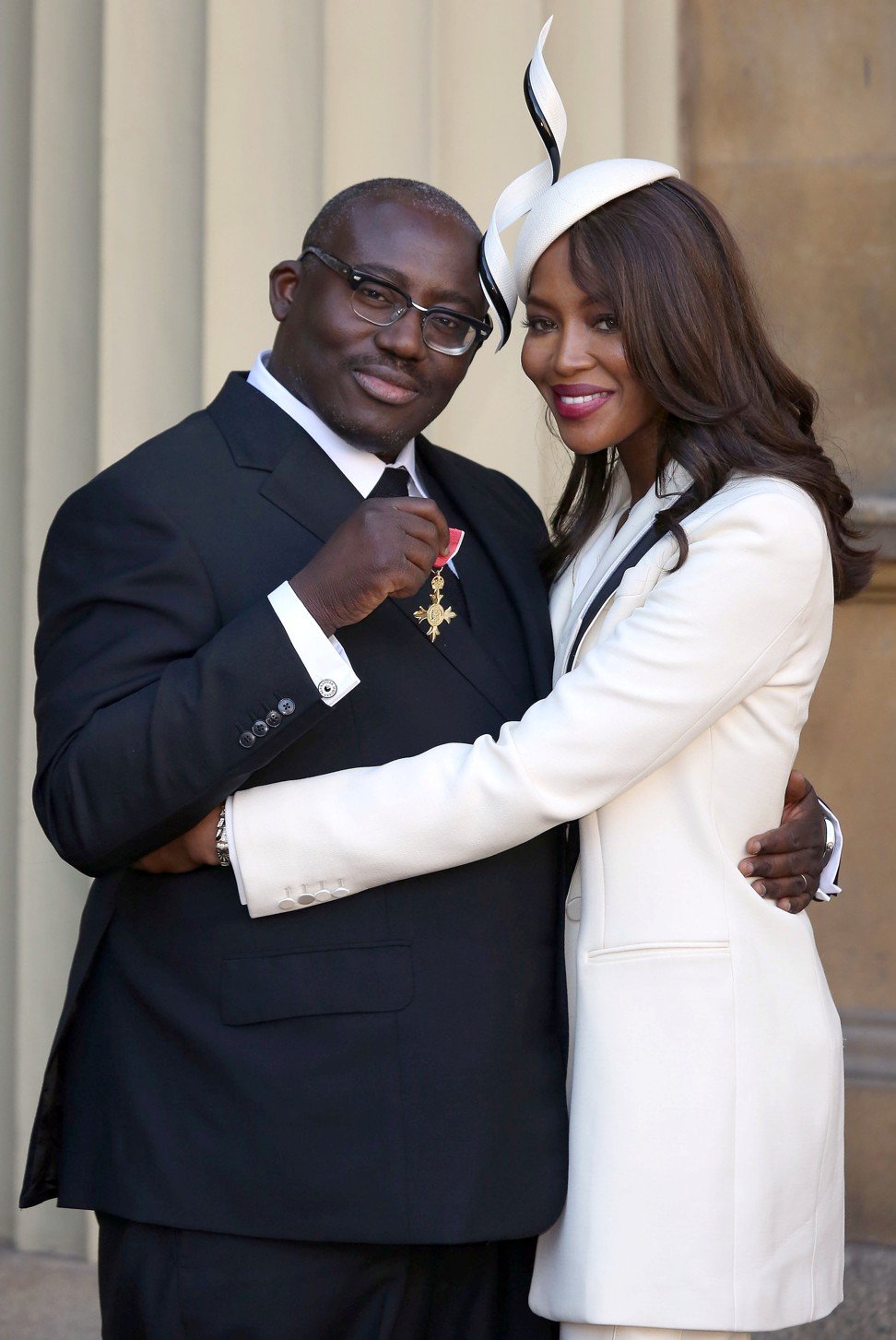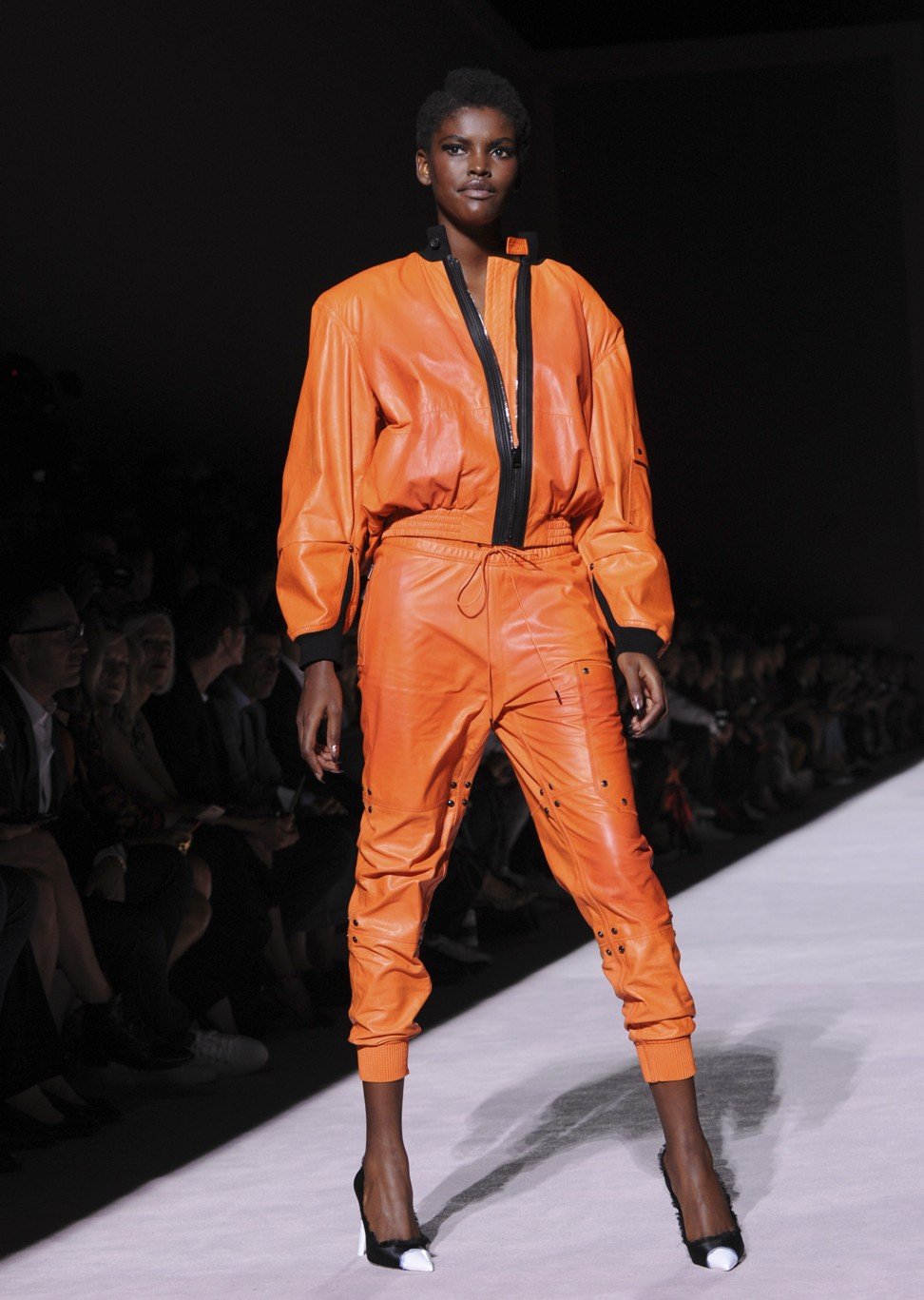
How the fashion industry is tuning in to a diverse world
As more non-white, plus-size and disabled models hit the catwalk, leading and emerging designers realise the internet and social media can make or break their collections, so they need to appeal to a wider cross-section of buyers

The fashion industry has become more diverse and more inclusive, but still has its flaws. Designers often have tunnel vision and the industry still makes shocking gaffes. There are too many cases of profound insensitivity and cavalier cultural appropriation but in the past decade, the industry has opened its doors to more people of colour, plus-size women, transgender women and those who simply don’t fit the fashion world’s definition of beauty. Most importantly, fashion is talking about diversity – and learning from its mistakes.
Two years ago, Brandice Henderson, who describes herself as a “fashion coach,” was having dinner with five designers in New York’s Harlem. They were all up-and-comers, lauded by major fashion magazines, who had dressed an assortment of famous women. The scene was typical for New York with one significant exception: All five were black.
Four years ago, five women walked into IMG Models and immediately impressed the company’s president, Ivan Bart. One of them especially stood out. Her name was Ashley Graham and she was plus-size. But as Bart puts it: “A star is a star is a star.” Graham has gone on to become the rare model who is known by name well outside the insulated world of fashion.

In 2017, Vogue ran countless photo stories celebrating Hollywood stars and cultural figures, but it also published visual essays on Latinas in Los Angeles, Alpha Kappa Alpha sorority sisters, lesbian models and black servicewomen.
During the past decade, the New York fashion industry has been in upheaval over the subject of diversity, or the lack of it. The most egregious examples were on the catwalks – in the mid-2000s, the message was that high-end fashion was for emaciated white teenagers.
The ranks of editors and designers were lacking in diversity, too. There were no editors-in-chief of major fashion publications who were black. The rising generation of designers who had captured the industry’s attention were mostly white -– sometimes Asian, but rarely black, Latino or even female. Plus-sized women were not part of the fashion conversation.
In 2007, activist Bethann Hardison organised a “town hall” meeting to start a conversation about fashion’s worsening diversity problem. In 2013, she meticulously tracked designers’ hiring practices and published the results. The lack of inclusiveness was striking. And Hardison unflinchingly called it “racist”.
Now, there is greater recognition that fashion needs to change.
Last year, after designer Marc Jacobs featured models – many of them white – wearing fanciful dreadlocks in his spring 2017 runway show, social media lit up in anger because of his failure to acknowledge the hairstyle’s history within black communities. Six months later, his autumn 2017 show was an ode to hip hop; he cast mostly models of colour and included show notes lauding the influence of black youth.

A more diverse group of designers, including four black men, make up the 10 finalists vying for the CFDA/Vogue Fashion Fund award. Women are also well represented.
“I think fashion is becoming more democratised,” says Henderson – for consumers as well as those hoping to build a career in the industry.
After Hardison’s 2007 town hall, Bart considered his place in the fashion business. As the head of one of the industry’s larger agencies, with a roster including Smalls, Kate Moss and a host of celebrities, he decided to help lead the way.
“I think the industry got lazy,” Bart says. “We’ve got to start telling [clients] what they need. When people say no, we have to tell them why they’re wrong.”
That’s why he decided not to simply target Graham for the plus-size market, but for womenswear in general. On the company’s website, she and fellow plus-size models Candice Huffine and Marquita Pring are not segregated in a separate category or called “plus-size.” They are simply models. Graham has appeared on the cover of American Vogue and in shows alongside whippet-thin models. She has her own line of lingerie.
What the fashion industry does is important to the broader culture, Bart says, recalling actress Lupita Nyong’o’s heartfelt speech about finding validation of her own dark-skinned beauty in the images of Sudanese-born model Alek Wek, whom IMG signed some 20 years ago.
“It’s OK if people are resistant,” he says. “They will change if you stay the course.”
The website the Fashion Spot, which tracks diversity on the catwalks, has tallied about 30 per cent non-white models in recent seasons. There are models in hijabs, models with vitiligo, models with physical disabilities. The question is no longer who isn’t represented but how to make that inclusiveness feel organic rather than self-consciously trendy.
The need to change is not simply moral, Bart says, but also financially smart. “The internet changed everything. Anyone can pull up anything online. If you want that consumer, you need to reflect who they are.” If consumers don’t like what they see, they are likely to make their displeasure heard.
The Vogue website has become a more diverse, global experience than the print magazine, speaking to “more people and different people,” says Sally Singer, creative digital director.
“I don’t think it’s a conscious decision,” says Chioma Nnadi, the website’s fashion news director. “Our staff is just very diverse and very young.”

The internet is also broadening the ranks of designers. Ten years ago, Henderson founded Harlem’s Fashion Row, a production company aimed at supporting multicultural designers.
Back then, “I could barely count three black designers ... making a mark and getting the attention of the fashion industry,” Henderson says. Today, she can rattle off nearly a dozen. Social media and e-commerce have lowered the barriers to success, making it easier for designers to connect directly with customers.
One of the Harlem’s Fashion Row designers, for example, found his fan base in Japan. Reuben Reuel’s Demestik collection, worn by Ava DuVernay as well as Beyoncé, sells on Etsy.com.
“For designers 10 years ago, it was just all about the art. They didn’t want to hear anything business-wise,” Henderson says.”
As the spring 2018 shows kick off, the conversation about diversity has expanded to include the role of immigrants in the industry and the rights of women. Diversity is not just about the imperative of an inclusive runway. It is also about identity: both personal and national.
“Ten years ago people never wanted you to refer to them as a ‘black designer.’ Just call me a ‘designer’! Now, with Black Lives Matter, with the political climate, people are proud to be a black designer. They’re proud to say it to people in the fashion industry,” Henderson says.
The Washington Post